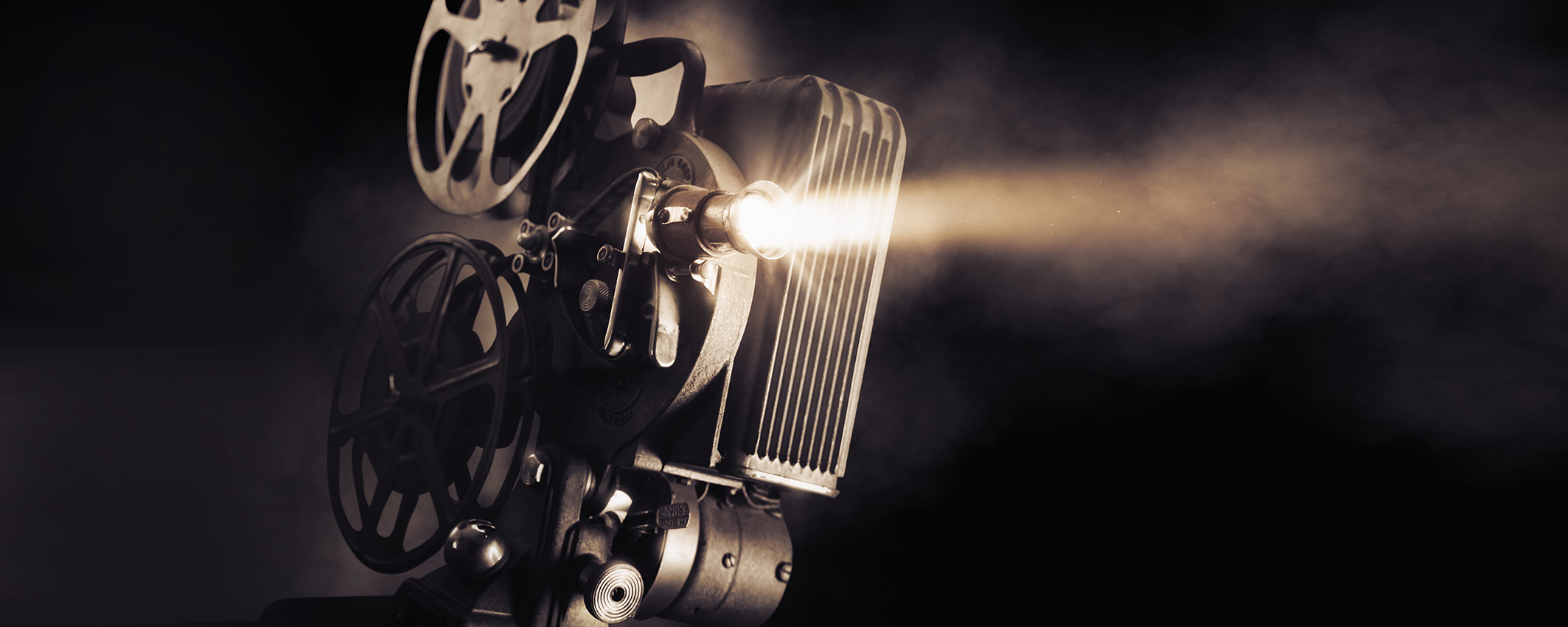 |
CCHU9034 Arts and Humanities
|
Course Description
This course examines how architecture and urbanism are represented in film and investigates how film influences and constructs the built environment and vice versa – how the built environment is experienced and perceived through moving images. A twentieth-century phenomenon, the modern metropolis is the site of the most radical experiments of architects and planners and an active subject in the imagination and actions of its diverse inhabitants. The film has a close relationship with the city and its architecture. How does architecture use its structure, form, enclosure, floor plans, materials, and lighting to produce effects and backgrounds? How does (built) space provoke emotions and influence everyday lives? Likewise, how does the film use space, architecture, and landscape to situate its characters and create dramatic action and emotions? In other words, how does it produce narratives and iconic images and shape collective memories?
Focusing on diverse film genres of postwar modern cities across continents (Asia, Europe, North America) with a particular focus on Western filmmaking and film theory, this course will analyze and consider various genres, from avant-garde early XX centuries movies to video-art and popular genres such as drama, noir thriller, sci-fi dystopian fantasy, and documentaries. this course offers a cross-cultural, interdisciplinary perspective on how films showcase the relentless forces behind city-making urban transformations: capital flows, people, ideologies, and imageries. It explores how movies produce and reproduce the city’s image, their effect on the built environment, and how they impact everyday experiences and perceptions of space. Through in-class analyses and discussions of film excerpts, film sets, seminal texts on photography, film studies, cultural theory, architecture, art, and aesthetics, the course aims to deepen the understanding of how architecture, film, and moving images influence each other, how they reveal social relations and construct narratives of modernity. Class readings include film studies, urban studies, global and cultural studies, architectural and design history, and theory.

Course Learning Outcomes
On completing the course, students will be able to:
- Examine how film represents the built environment, cities, landscapes, urban-scapes and, architecture at all scales, to develop a deeper critical understanding of the relationships between modernization, industrialization and the people’s perceptions and experiences.
- Cultivate comparative cross-cultural perspectives on the development of urban visions and how they reveal social and inter-personal relations.
- Develop a critique of their urban environment and appreciate the multi-layered processes at work in a city so as to more fully participate as citizens in global, regional and local communities.
- Demonstrate creative, collaborative, and communication skills.
Offer Semester and Day of Teaching
Second semester (Wed)
Study Load
| Activities | Number of hours |
| Lectures / Seminars / Workshops | 24 |
| Tutorials | 10 |
| Fieldwork / Visits | 6 |
| Reading / Self-study | 30 |
| Assessment: Journal | 12 |
| Assessment: Video production | 52 |
| Total: | 134 |
Assessment: 100% coursework
| Assessment Tasks | Weighting |
| Class participation | 30 |
| Tutorial participation and reading responses | 18 |
| Fieldwork assignment | 12 |
| Final project and presentation | 40 |
Required Reading
- Abbas, M. A. (1997). Hong Kong: Culture and the politics of disappearance. Hong Kong: Hong Kong University Press. [pp. 63-90]
- Abbott, C. (2016). Imagining Urban Futures: Cities in Science Fiction and What We Might Learn From Them. Middletown, CN: Wesleyan University Press. [“Migratory Cities” (pp. 72-92)]
- AlSayyad, N. (2006). Cinematic urbanism: A history of the modern from reel to real. New York; London: Routledge. [pp. 147-168]
- Barthes, R. (1986). The Rustle of Language. New York: Hill and Wang. [“Leaving the Movie Theatre” (pp. 345-349)]
- Benjamin, W., Jennings, M., Doherty, B., Levin, T., & Jephcott, E. (2008). The work of art in the age of its technological reproducibility, and other writings on media. Cambridge, Mass.: Belknap Press of Harvard University Press. [pp. 19-55]
- Berger, J. (1972). Ways of Seeing. London: British Broadcasting Corporation: Penguin Books. [pp. 7-33]
- Berger, J. (2013). Understanding a Photograph. London: Penguin Books. [Selected chapters]
- De Certeau, M. (1984). The Practice of Everyday Life (translated by Steven Randall). Berkeley: University of California Press. [pp. 91-110, 115-130]
- Ghirri, L. (2016). The Complete Essays 1973–1991. MACK. [Selected chapters]
- Koeck, R., & Roberts, L. (2010). The city and the moving image: Urban projections. Houndmills, Basingstoke, Hampshire; New York: Palgrave Macmillan.
- Shaviro, S. (1993). Cinematic Body. University of Minnesota Press. [Selected chapters]
- Sontag, S. (1977). On Photography. New York: Farrar, Straus and Giroux. [Selected chapters]
- Tobe, R. (2017). Film, architecture and spatial imagination. Milton Park, Abingdon, Oxon; New York, NY: Routledge. [pp. 145-162]
- Tsutsui, W. M. (2010). Oh No, There Goes Tokyo: Recreational Apocalypse and the City in postwar Japanese Popular Culture. In G. Prakash (Ed.), Noir urbanisms: Dystopic images of the modern city (pp. 104-126). Princeton, N.J.: Princeton University Press.
Course Co-ordinator and Teacher(s)
| Course Co-ordinator | Contact |
| Professor A. Cianchetta Department of Architecture, Faculty of Architecture |
Email: awildc@hku.hk |
| Teacher(s) | Contact |
| Professor A. Cianchetta Department of Architecture, Faculty of Architecture |
Email: awildc@hku.hk |

